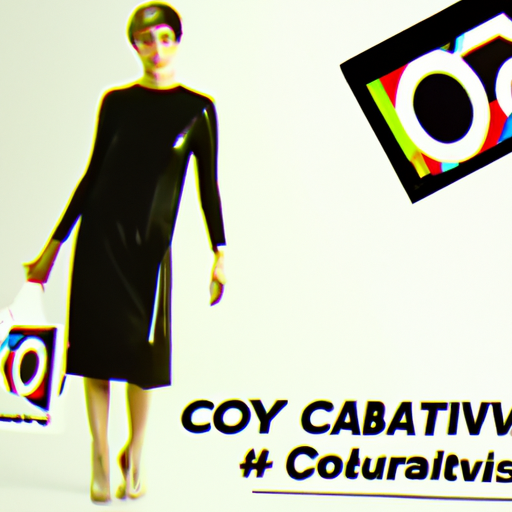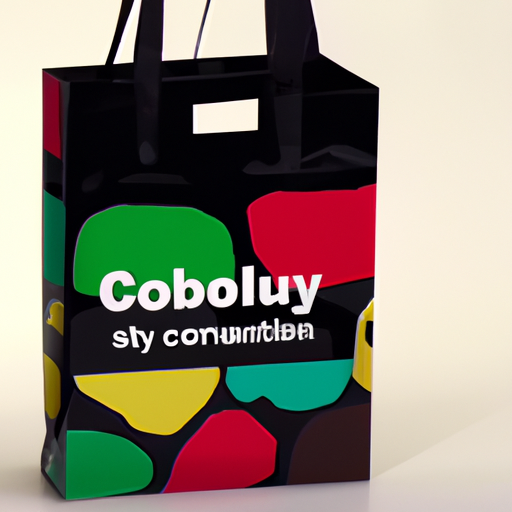
-
Table of Contents
- Package Design for Sustainable Fashion: Conscious Couture
- The Environmental Impact of Fashion Packaging
- The Rise of Conscious Couture
- Key Principles of Conscious Couture
- Case Studies: Innovative Approaches to Conscious Couture
- 1. Everlane: Radical Transparency
- 2. Stella McCartney: Biodegradable Materials
- 3. Reformation: Reusable Packaging
- The Benefits of Conscious Couture
- Conclusion
Package Design for Sustainable Fashion: Conscious Couture

In recent years, the fashion industry has faced increasing scrutiny for its environmental impact. From the production of textiles to the disposal of garments, the industry has been criticized for its contribution to pollution, waste, and climate change. As a result, many fashion brands are now embracing sustainability as a core value and are seeking innovative ways to reduce their environmental footprint. One area that has gained significant attention is package design for sustainable fashion. In this article, we will explore the importance of conscious couture in package design and how it can contribute to a more sustainable fashion industry.
The Environmental Impact of Fashion Packaging
Before delving into the concept of conscious couture, it is crucial to understand the environmental impact of fashion packaging. The fashion industry relies heavily on packaging to protect garments during transportation and to create a memorable unboxing experience for customers. However, traditional packaging materials such as plastic bags, bubble wrap, and excessive cardboard contribute to the industry’s waste and pollution problem.
According to the Ellen MacArthur Foundation, the fashion industry produces over 92 million tons of waste each year, with packaging accounting for a significant portion of this waste. Additionally, the use of non-recyclable materials and excessive packaging contributes to the depletion of natural resources and the emission of greenhouse gases.
The Rise of Conscious Couture
Conscious couture is a term used to describe the integration of sustainable practices into the design and production of fashion packaging. It involves considering the entire lifecycle of packaging, from material sourcing to disposal, with the aim of minimizing environmental impact. Conscious couture goes beyond aesthetics and focuses on creating packaging that is both visually appealing and environmentally responsible.
Many fashion brands are now adopting conscious couture as part of their sustainability initiatives. For example, Patagonia, a leading outdoor clothing brand, has implemented a packaging program that uses 100% recycled and recyclable materials. The company also encourages customers to return their packaging for recycling, further reducing waste.
Key Principles of Conscious Couture
Conscious couture is guided by several key principles that aim to minimize the environmental impact of fashion packaging. These principles include:
- Material Selection: Choosing sustainable materials such as recycled paper, biodegradable plastics, and plant-based fibers can significantly reduce the environmental impact of packaging.
- Minimalism: Embracing minimalist design principles can help reduce the amount of packaging material used, leading to less waste and lower carbon emissions.
- Recyclability: Designing packaging that is easily recyclable ensures that it can be repurposed and reduces the need for new materials.
- Efficient Use of Space: Optimizing packaging design to minimize empty space can reduce transportation costs and carbon emissions associated with shipping.
- Education and Communication: Providing information to customers about the sustainability of packaging materials and encouraging responsible disposal can help raise awareness and promote behavior change.
Case Studies: Innovative Approaches to Conscious Couture
Several fashion brands have already made significant strides in implementing conscious couture principles in their packaging design. Let’s explore some inspiring case studies:
1. Everlane: Radical Transparency
Everlane, a popular online clothing retailer, is known for its commitment to transparency and sustainability. The brand’s packaging reflects these values by using minimal, recyclable materials. Everlane’s shoeboxes, for example, are made from 100% recycled cardboard and are designed to be easily disassembled for recycling. The brand also provides detailed information about the materials used in its packaging and encourages customers to recycle or reuse it.
2. Stella McCartney: Biodegradable Materials
Stella McCartney, a luxury fashion brand, has been a pioneer in sustainable fashion. The brand’s commitment to conscious couture is evident in its packaging choices. Stella McCartney uses biodegradable materials, such as cornstarch-based bags and recycled paper boxes, to minimize its environmental impact. The brand also collaborates with innovative companies to develop new sustainable packaging solutions, such as mushroom-based materials that can be composted.
3. Reformation: Reusable Packaging
Reformation, a sustainable fashion brand, takes a unique approach to conscious couture by offering reusable packaging. The brand’s clothing is shipped in a garment bag made from 100% recycled materials, which can be used by customers for storage or travel. Reformation also provides a prepaid shipping label for customers to return their packaging, ensuring it can be recycled or reused.
The Benefits of Conscious Couture
Embracing conscious couture in fashion packaging design offers several benefits for both brands and the environment:
- Reduced Environmental Impact: By using sustainable materials and minimizing waste, conscious couture helps reduce the fashion industry’s contribution to pollution, waste, and climate change.
- Enhanced Brand Image: Brands that prioritize sustainability and conscious couture can differentiate themselves in the market and attract environmentally conscious consumers.
- Cost Savings: Optimizing packaging design and using recyclable materials can lead to cost savings in the long run, as brands reduce their reliance on new packaging materials.
- Customer Engagement: Conscious couture provides an opportunity for brands to educate and engage customers in sustainable practices, fostering a sense of shared responsibility for the environment.
Conclusion
Package design for sustainable fashion, or conscious couture, is a crucial aspect of creating a more sustainable fashion industry. By adopting principles such as material selection, minimalism, recyclability, efficient use of space, and education, fashion brands can significantly reduce their environmental impact. Case studies of brands like Everlane, Stella McCartney, and Reformation demonstrate the innovative approaches that can be taken to implement conscious couture in packaging design. The benefits of conscious couture extend beyond environmental impact reduction, offering enhanced brand image, cost savings, and increased customer engagement. As the fashion industry continues to evolve, conscious couture will play a vital role in shaping a more sustainable future for fashion packaging.
